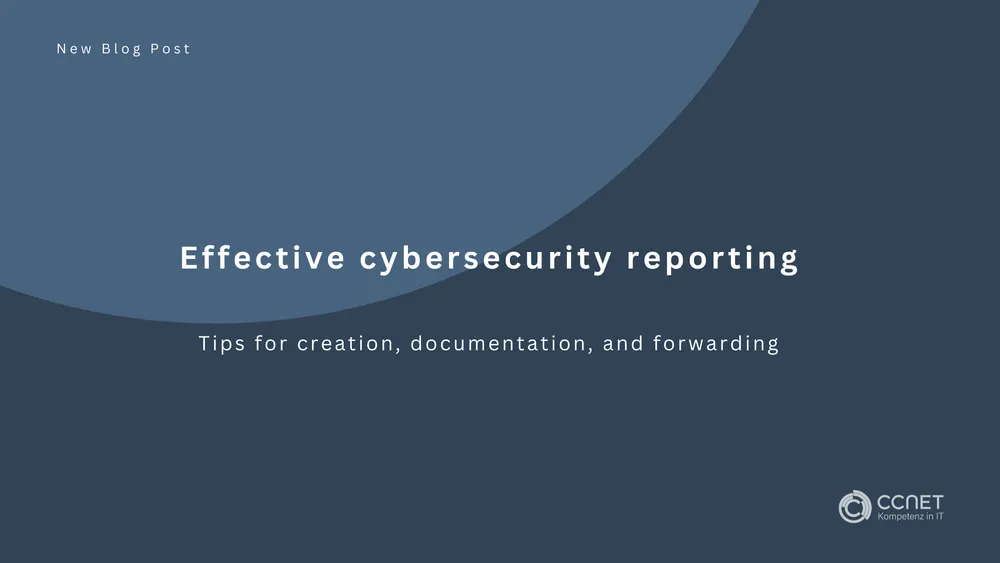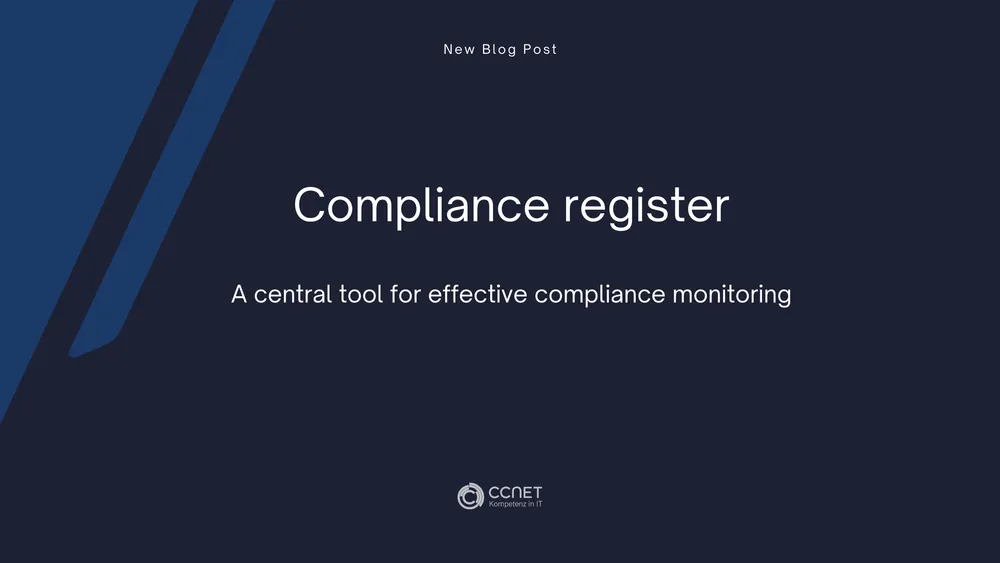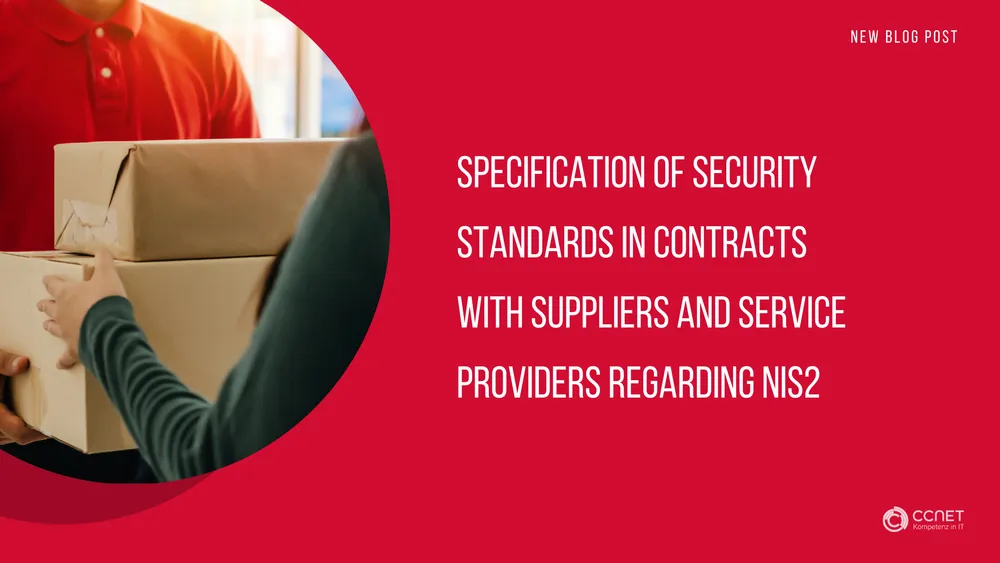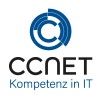
CCNet
Apr 7, 2025 • 2 min read
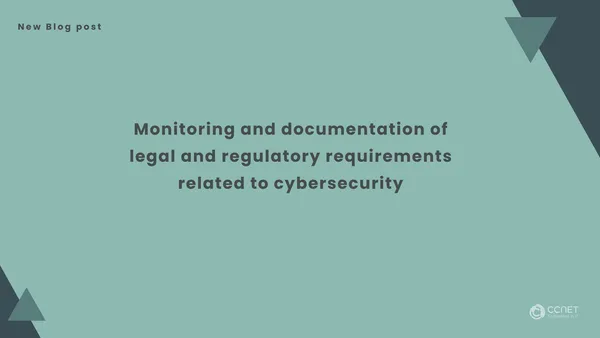
Monitoring and documentation of legal and regulatory requirements related to cybersecurity
Monitoring and Documentation of Legal and Regulatory Requirements in Cybersecurity
The goal of this process is to ensure continuous compliance with all legal and regulatory requirements in the field of cybersecurity. A clear overview of laws, regulations, and standards contributes to ensuring compliance and protects the company's IT security.
Process Objective
The process serves to ensure compliance with legal and regulatory requirements in cybersecurity. National laws, EU regulations (such as NIS2), industry-specific guidelines, and internal compliance requirements are monitored, implemented, and documented.
Scope
This process covers all legal requirements and standards relevant to the company's cybersecurity. It includes national and international regulations as well as internal policies that contribute to ensuring IT security.
Process Steps
3.1 Identifying Legal and Regulatory Requirements
Responsible: Compliance Team, Legal Team
Activities:
- Identify all legal and regulatory requirements in cybersecurity applicable to the company.
- Analyze new laws, regulations, and industry standards to assess their impact.
- Regularly review and update requirements through continuous monitoring.
3.2 Documentation in a Compliance Register
Responsible: Compliance Manager
Activities:
- Record the requirements in a centralized compliance register.
- Assign the requirements to the respective responsible parties within the company.
- Document the necessary measures to meet each requirement.
3.3 Implementing the Requirements
Responsible: IT Security Officer, Department Heads
Activities:
- Ensure that all departments understand and implement the requirements.
- Develop and implement security measures and processes to comply with the requirements.
- Train personnel in relevant departments on new or updated requirements.
3.4 Monitoring and Auditing
Responsible: Compliance Manager, Lead Auditor
Activities:
- Conduct regular internal audits to verify compliance with the documented requirements.
- Continuously monitor and report on the implementation of the requirements.
- Escalate deviations or risks to management and define corrective measures.
3.5 Updating and Communicating
Responsible: Compliance Team
Activities:
- Update the compliance register to account for new or changed requirements.
- Communicate changes and new requirements to the affected departments.
- Conduct training and information sessions to keep all employees up to date.
Roles and Responsibilities
- Compliance Team: Responsible for identifying, monitoring, and documenting all legal and regulatory requirements.
- Compliance Manager: Manages the compliance register and coordinates the implementation of the requirements.
- IT Security Officer: Implements the technical and organizational measures to comply with the requirements.
- Lead Auditor: Conducts audits to verify compliance.
- Department Heads: Ensure the implementation of requirements in their respective departments.
Reporting and Continuous Improvement
Reporting: Regular reports to management to communicate the status of compliance, identified risks, and actions taken.
Continuous Improvement: An annual review of the compliance process to enhance its effectiveness and address new challenges or developments.
By consistently applying these process steps, it is ensured that legal and regulatory requirements for cybersecurity are continuously monitored, documented, and complied with.
